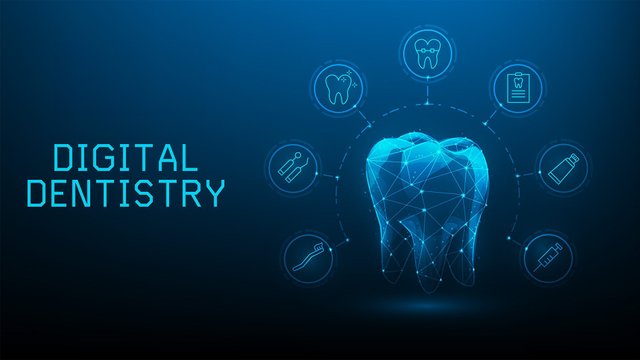How Digital Dentistry is Transforming Traditional Dental Labs: Revolutionizing Oral Care
Digital dentistry is changing the dental industry. It is making things easier. Both for dentists and patients. This article will explain how.
What is Digital Dentistry?
Digital dentistry uses digital technology. This includes scanners, software, and 3D printers. These tools help in various dental procedures. They make work faster and more accurate.
Traditional Dental Labs
Traditional Dental lab services use manual techniques. Dentists take impressions of teeth. They send these impressions to the lab. The lab creates crowns, bridges, and dentures. This process can take days or weeks.
How Digital Dentistry Helps
Digital dentistry speeds up this process. Dentists use scanners to take digital impressions. They send these impressions to the lab instantly. The lab uses software to design the dental piece. They then use a 3D printer to create it. This process is much faster.
Benefits Of Digital Dentistry
• Speed: Digital impressions are faster than manual ones.
• Accuracy: Digital scans are more precise.
• Comfort: Patients find digital impressions more comfortable.
• Efficiency: Dentists can do more work in less time.
Digital Scanners
Digital scanners are used to take impressions of teeth. They create a 3D image of the mouth. This image is sent to the lab. The lab uses this image to create dental pieces.
3D Printing
3D printers create dental pieces from the digital image. They build the piece layer by layer. This makes the process very accurate. It also allows for more complex designs.
Software
Software is used to design dental pieces. Dentists and lab technicians can use this software. They can make changes to the design easily. This makes the process more flexible.
Types Of Dental Software
• CAD (Computer-Aided Design): Used for designing dental pieces.
• CAM (Computer-Aided Manufacturing): Used for creating dental pieces.
Digital Records
Digital records are stored in a computer. This makes it easy to access them. Dentists can see a patient's history quickly. This helps in making better decisions.
Tele-Dentistry
Tele-dentistry uses digital technology for remote consultations. Patients can talk to dentists online. This is helpful for people in remote areas. It also saves time.
Better Patient Experience
Digital dentistry improves patient experience. It makes procedures faster and less painful. Patients spend less time in the dental chair. They get their dental pieces faster.
Cost-Effective
Digital dentistry can be cost-effective. It reduces the need for materials. It also reduces the need for manual labor. This can lower the cost for patients.
Environmental Impact
Digital dentistry can reduce waste. Traditional methods use a lot of materials. Digital methods use less. This is better for the environment.
Training and Education
Dentists need training to use digital tools. Many dental schools now teach digital dentistry. This prepares new dentists for the future.
Challenges
There are challenges to digital dentistry. The cost of equipment can be high. Dentists need training to use the new tools. Some patients may be wary of new technology.
The Future of Dental Labs
The future of dental labs is digital. More and more labs are adopting digital tools. This is making dental work faster and more accurate. It is also improving patient experience.
Conclusion
Digital dentistry is transforming traditional dental labs. It offers many benefits. It is faster, more accurate, and more comfortable for patients. It is also cost-effective and environmentally friendly. The future of dentistry is digital. And it is here to stay.
